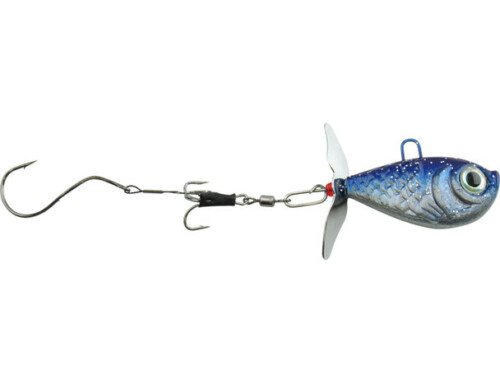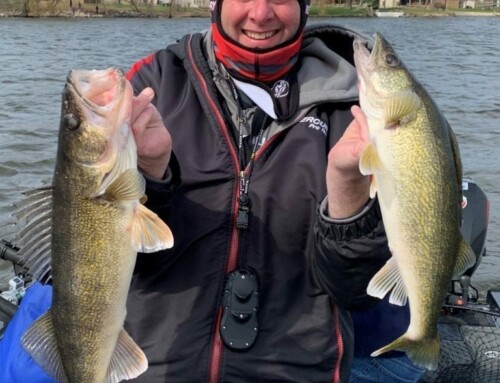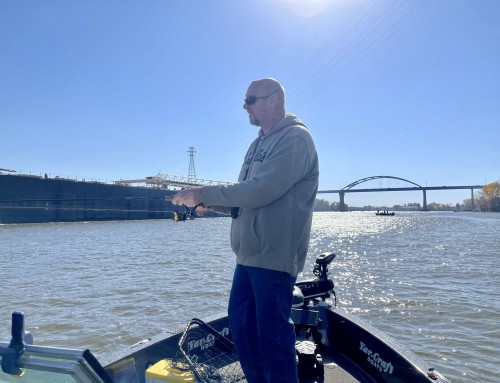Scientists: ‘Dead zone’ showing up in Green Bay
By Associated Press
Lake Michigan’s Green Bay is developing a dead zone similar to sections of Lake Erie and the Gulf of Mexico where there’s so little oxygen that few if any fish — or even tiny critters such as insects and worms — can survive, scientists say.
The oxygen-deprived area may cover as much as 40% of the largest freshwater estuary in the Great Lakes, said Tracy Valenta, a water resource specialist with the Metropolitan Sewerage District of Green Bay. The zone starts about 8 miles northeast of the city and can extend more than 30 miles from there, she said.
The problem may have been around for many years but appears to be worsening, she said. In 1990, oxygen was measured at below life-sustaining levels on four summer days. By 2011, the low-oxygen period had reached 43 days.
“We definitely have a dead zone in Green Bay and a fairly large one,” Valenta said in a public webinar on Thursday.
It’s unclear how big an effect the situation has had on fish, she said. While they’re capable of swimming to waters that have enough oxygen, it appears that thousands of round gobies flopped ashore in a desperate search for air in 2005 and 2011.
By killing off invertebrates along the lake bottom, the lack of oxygen may have forced popular sport varieties such as perch and walleye to feed on less nutritious plankton higher in the water column, Valenta said in a telephone interview. It also may explain the disappearance of the burrowing mayfly, a species that scientists regard as a good water quality yardstick.
“The fishery is at stake here,” she said.
Scientists have long monitored a dead zone in Lake Erie’s central basin, where a layer of cold water with little or no dissolved oxygen forms in summer between Huron, Ohio, and Erie, Pa., at depths of more than 50 feet.
Wave patterns and temperatures can influence the severity and duration of the condition. Scientists say a leading cause is runoff of phosphorus and other nutrients from farms, municipal sewage treatment systems, yard fertilizers and industry. They feed algae, which eventually dies and sinks to the bottom, where bacteria break it down — a process that sucks up oxygen.
Nearly two-thirds the phosphorus in Green Bay comes from the tributary Fox River, said Kevin Fermanich, an environmental scientist with the University of Wisconsin at Green Bay.
The U.S. Environmental Protection Agency has designated the Lower Fox River a priority area for restoration projects because of runaway algae blooms. Also targeted are the Maumee River in Ohio, a Lake Erie Tributary, and Lake Huron’s Saginaw Bay.
Green Bay’s dead zone is one of many signals of the urgent need to rein in phosphorus runoff from farms and other sources, said Lyman Welch of the Alliance for the Great Lakes, a Chicago-based environmental advocacy group.
“Agriculture is contributing a larger load, but all the sectors have to work together so we can solve this problem,” Welch said.
Fermanich said cover crops and buffer strips — areas of greenery between croplands and streams — can produce a big drop-off in phosphorus runoff into the bay. But dealing with manure from the area’s cattle farms remains a big challenge, he said.





